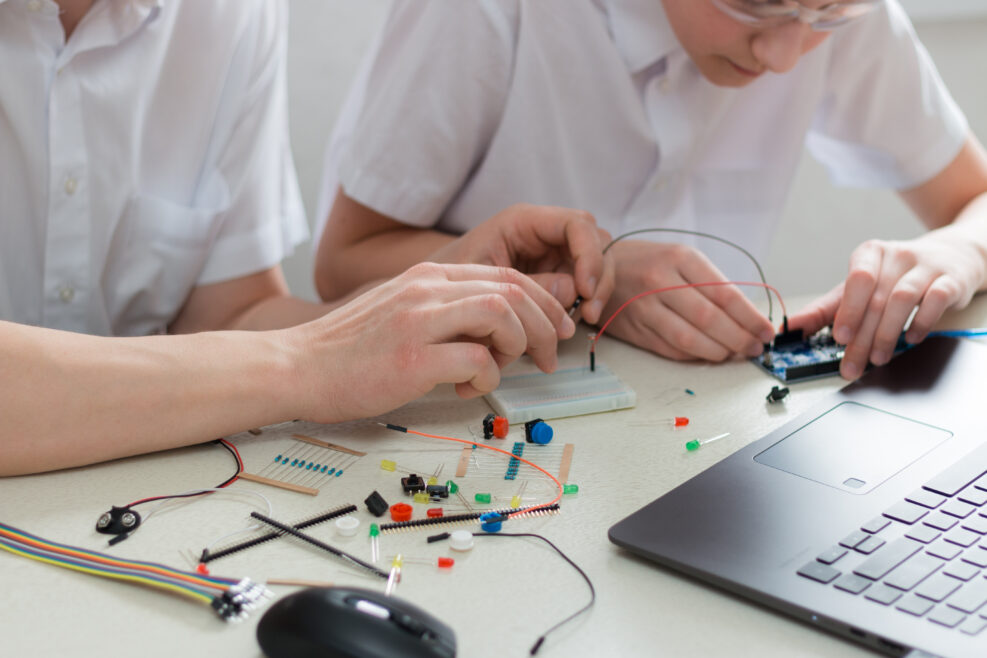
Can Robots That Work With People Ever Be Safe?
Robot IQ offers five reasons why notCobots are robots designed to be friendly to people. But some doubt that friendship will work: It can be tempting to think of risk as an either/or situation — either your application is safe or it isn’t. In reality, risk is a sliding scale and you can never get rid of all risks completely. You can only know the true risk of a particular task by performing an adequate risk assessment. You need to do this whether the robot is collaborative or not. Truth: cobot safety can be changed to suit task performance The reality is that cobots have always been high-performance robots suitable for a range of industrial applications. Instead of being lesser robots, as some people mistakenly believe, Read More ›


















